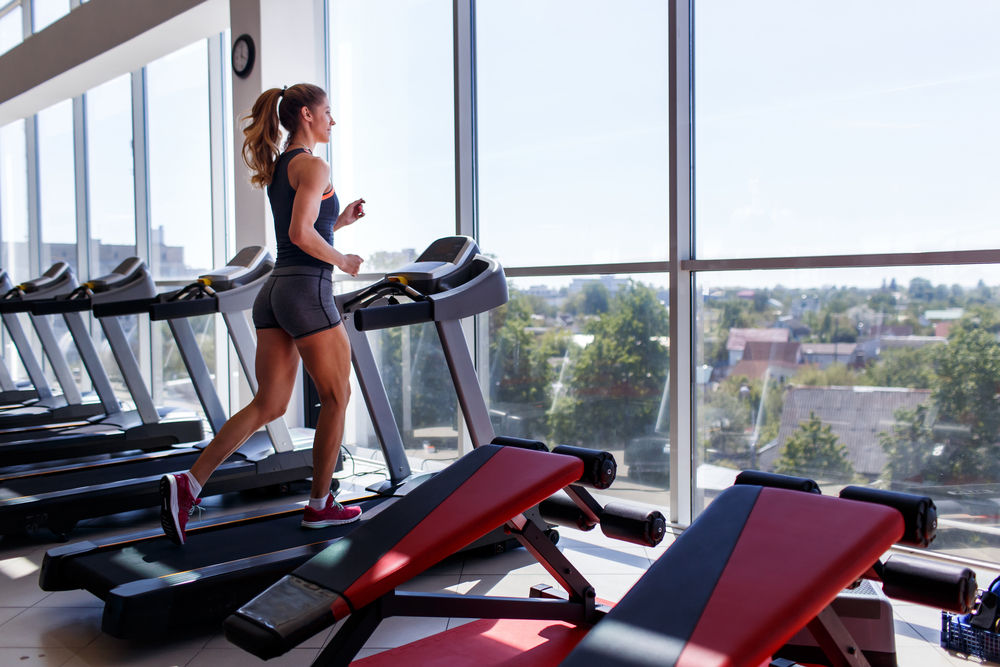Comprehensive Guide to Choosing the Perfect Treadmill for Your Home Fitness Routine
Discover comprehensive tips and insights on choosing the best treadmill for your home fitness routine. Learn about features, benefits, drawbacks, and different types to make an informed investment that boosts your health goals. This guide helps beginners and seasoned exercisers find the perfect treadmill tailored to their needs, space, and budget, ensuring effective cardio workouts at home with safety and comfort.

The Ultimate Guide to Understanding and Selecting Treadmills for Home Use
Treadmills stand out as one of the most popular fitness equipment choices for home gyms, offering an effective, convenient, and user-friendly way to engage in cardiovascular exercise. Whether you're a beginner stepping onto a treadmill for the first time or a seasoned workout enthusiast seeking to enhance your routine, understanding the nuances of various treadmill models and features is crucial for making an informed purchase. This comprehensive guide explores the history, key features, benefits, potential drawbacks, and different types of treadmills, helping you choose the perfect machine tailored to your fitness needs and space constraints.
The Rich History of Treadmills: From Ancient Lands to Modern Gyms
The origins of treadmill-like devices trace back to ancient times, specifically to the first century AD. Romans used massive wheel structures, which were powered by human or animal effort, primarily to perform laborious tasks like grinding grain and pumping water. These early innovations, though primitive, laid the groundwork for the modern treadmill's evolution.
Fast forward to the 20th century, where the development of dedicated fitness equipment intensified. The modern treadmill, as we recognize today, was pioneered by William Staub, a mechanical engineer renowned for his contributions to recreational fitness technology. Inspired by Dr. Kenneth H. Cooper's groundbreaking 1968 book on aerobics, Staub crafted the first motorized treadmill designed specifically for personal use in homes and gyms. Since then, technological advances have significantly improved the safety, durability, and versatility of treadmills, making them accessible and appealing to a broad spectrum of users.
Key Considerations When Investing in a Treadmill
Motor Power: Opt for models with higher horsepower motors (typically 1.5 to 3.0 HP). More powerful motors facilitate smoother operation, especially at higher speeds and inclines, and tend to last longer.
Running Surface Space: Ensure the treadmill provides adequate length and width—generally, a belt length of at least 50 inches and width of 20 inches are recommended for comfortable running or walking experiences.
Cushioning and Shock Absorption: Proper deck cushioning protects joints from excessive impact, reducing injury risk without sacrificing stability during exercise.
Ease of Operation: User-friendly control panels with intuitive interfaces, quick-access buttons, and built-in workout programs enhance user experience.
Noise Levels: Consider the noise generated by the motor and belt to avoid disturbing others in shared living spaces or neighbors.
Build Quality and Stability: A sturdy frame, reinforced handrails, and anti-slip features ensure safety and durability during vigorous workouts.
The Benefits of Incorporating a Treadmill into Your Workout Routine
Accessibility and Ease of Use: Treadmills are straightforward to operate, making them suitable for users of all ages and fitness levels, including beginners.
Consistent and Safe Surface: Unlike outdoor running, treadmills offer a uniform surface, significantly reducing the risk of trips or uneven terrain-related injuries.
Adjustable Settings for Custom Workouts: Speed, incline, and workout programs can be tailored to match your fitness goals, whether you're looking to lose weight, build stamina, or train for a race.
Convenience and Flexibility: Working out at home eliminates commute time, and you can exercise regardless of weather conditions, time of day, or external factors.
Intelligent Monitoring Features: Many modern treadmills come equipped with heart rate monitors, calorie counters, step trackers, and Bluetooth connectivity to seamlessly track and analyze your progress.
Higher Calorie Burn: Users often report burning more calories in shorter durations on treadmills compared to other home exercise devices, thanks to the ability to sustain high-intensity workouts.
Multitasking Opportunities: Watch TV, listen to music, or read a book while walking or jogging, making exercise more enjoyable and less monotonous.
Potential Challenges and Limitations of Treadmills
Cost Considerations: High-quality, feature-rich treadmill models can be expensive, often exceeding $2,000. This investment can be a barrier for some users, but durability and advanced features often justify the price.
Impact on Joints: While cushioning reduces joint strain, improper use, or low-quality decks may cause discomfort or stress, especially in users with pre-existing joint issues.
Space Requirements: A typical treadmill requires a dedicated space measuring approximately 36 inches in width and 72 inches in length. Adequate room is essential for safe and comfortable use.
Maintenance and Repairs: The complex electronic components and moving parts may require professional servicing over time, adding to long-term costs.
Noise Production: Some models may produce significant noise, which could disturb others in shared living environments or neighbors, especially in apartment settings.
Limited Workout Variability: While highly customizable, some users may find treadmill workouts repetitive over extended periods, potentially leading to boredom.
Different Types of Treadmills to Consider
Manual Treadmills: These operate without electricity, powered solely by the user’s movement. Typically affordable, lightweight, and portable, but may lack speed and incline flexibility.
Motorized Treadmills: The most common type on the market, equipped with electric motors that drive the belt smoothly at varied speeds and inclines. Ideal for serious training and diverse workout options.
Hybrid Models: Combining features of ellipticals and motorized treadmills, these offer versatile workouts with adjustable resistance and incline options, suitable for users seeking variety.
In summary, selecting the right treadmill involves evaluating your fitness goals, budget, available space, and personal preferences. Investing in a high-quality treadmill can enhance your overall health, support weight management, and provide a convenient way to maintain an active lifestyle right from home. With careful consideration of the features outlined above, you can find a treadmill that fits your needs and helps you achieve your fitness aspirations effectively.





